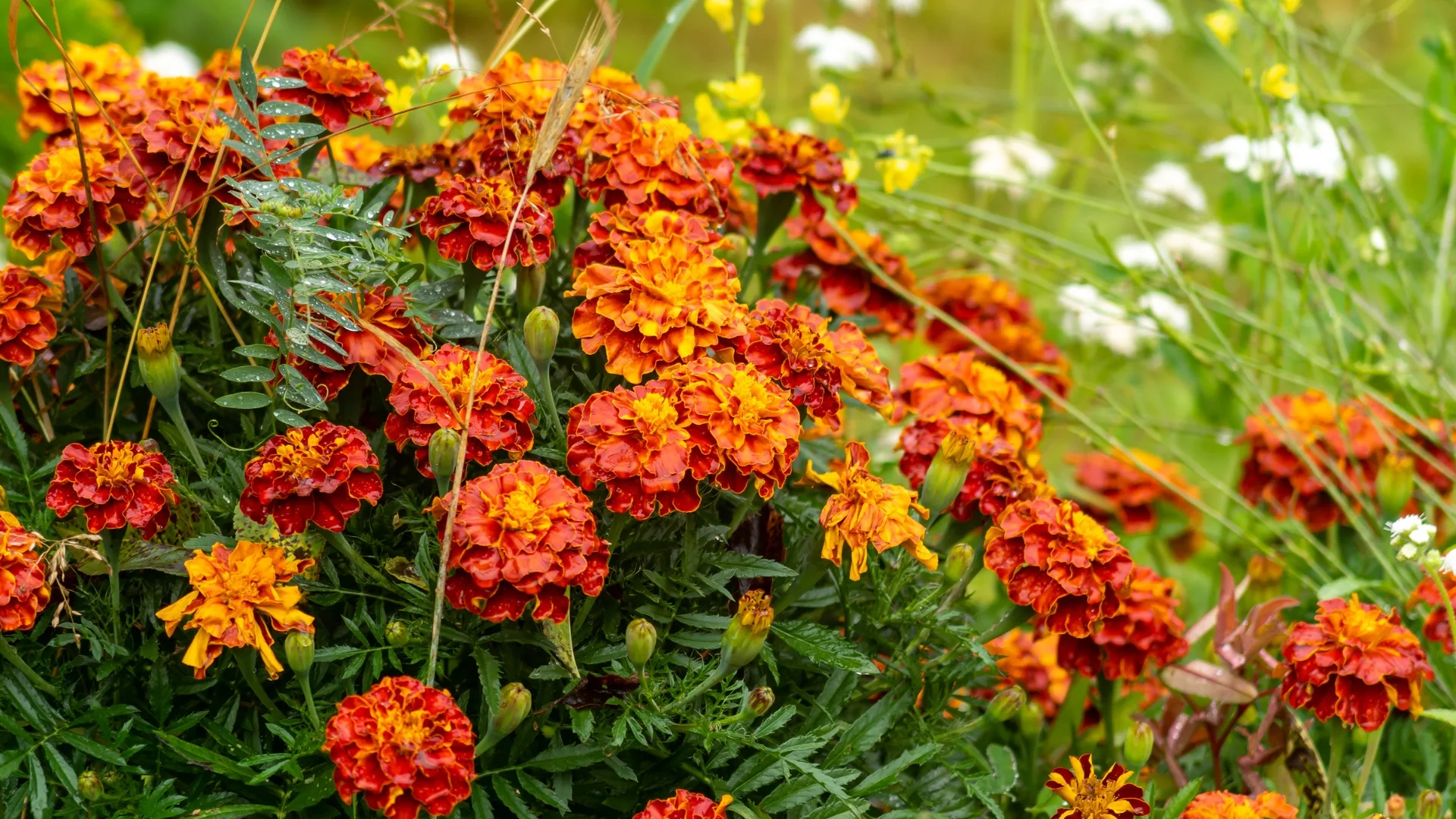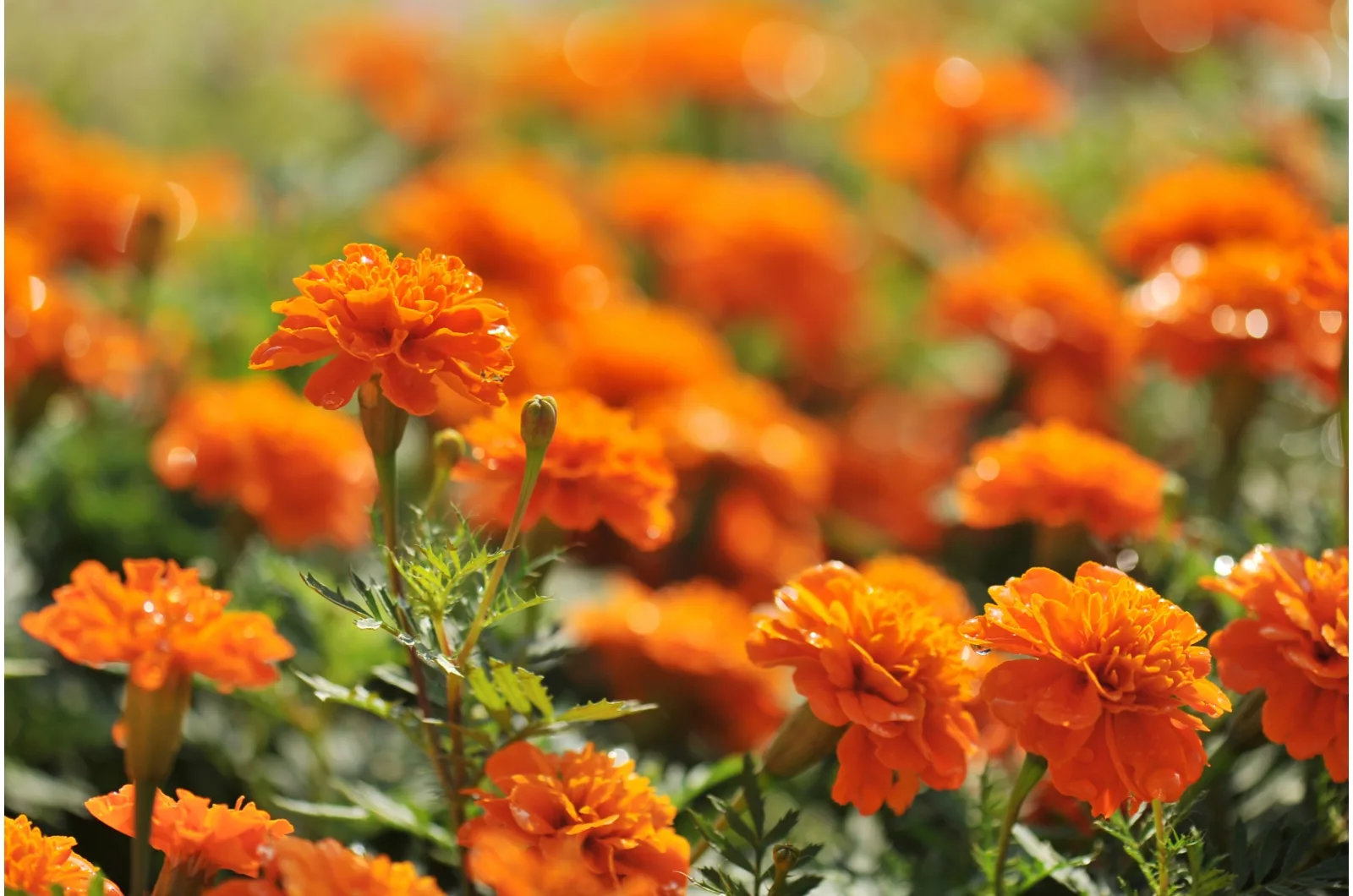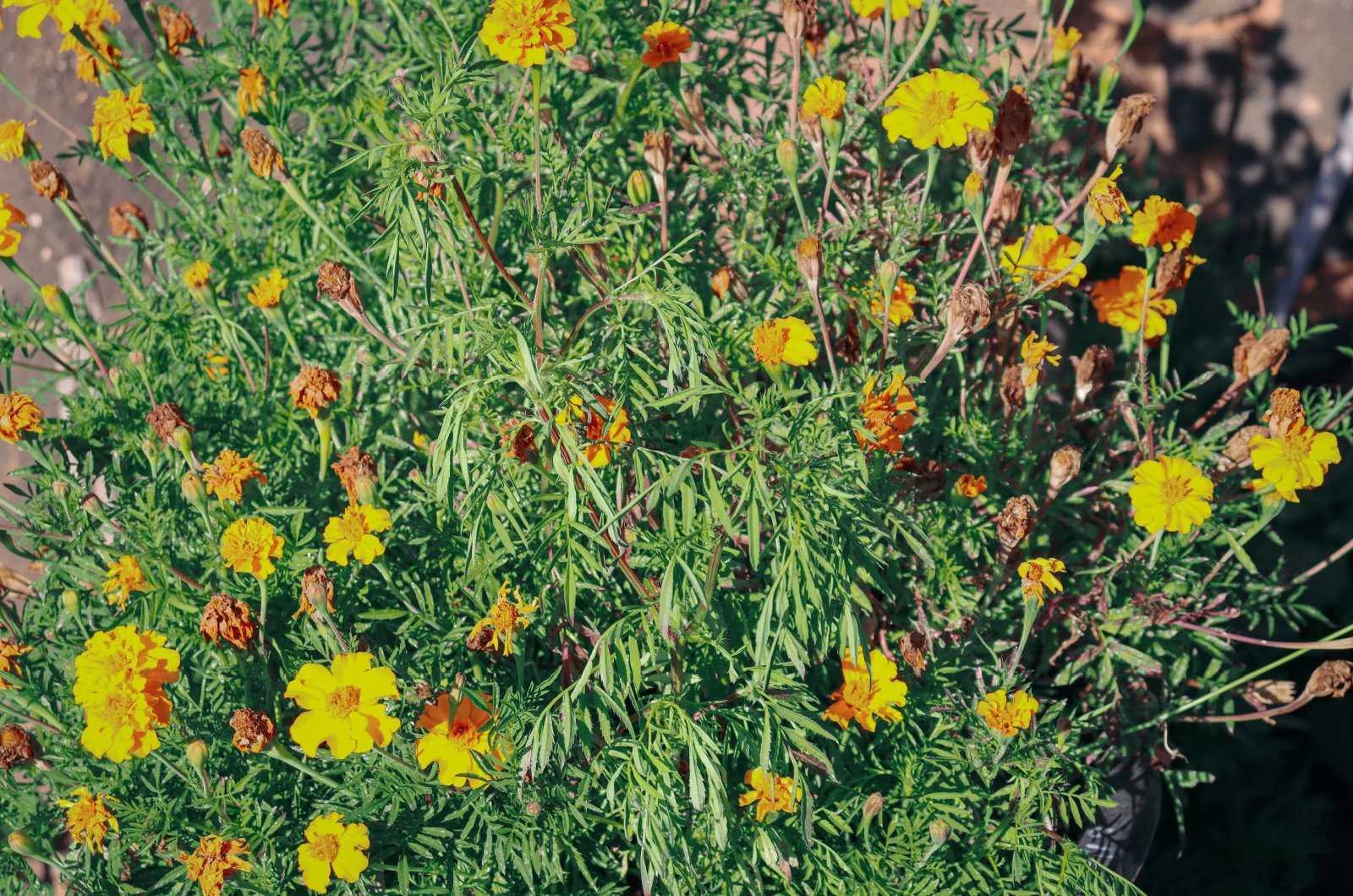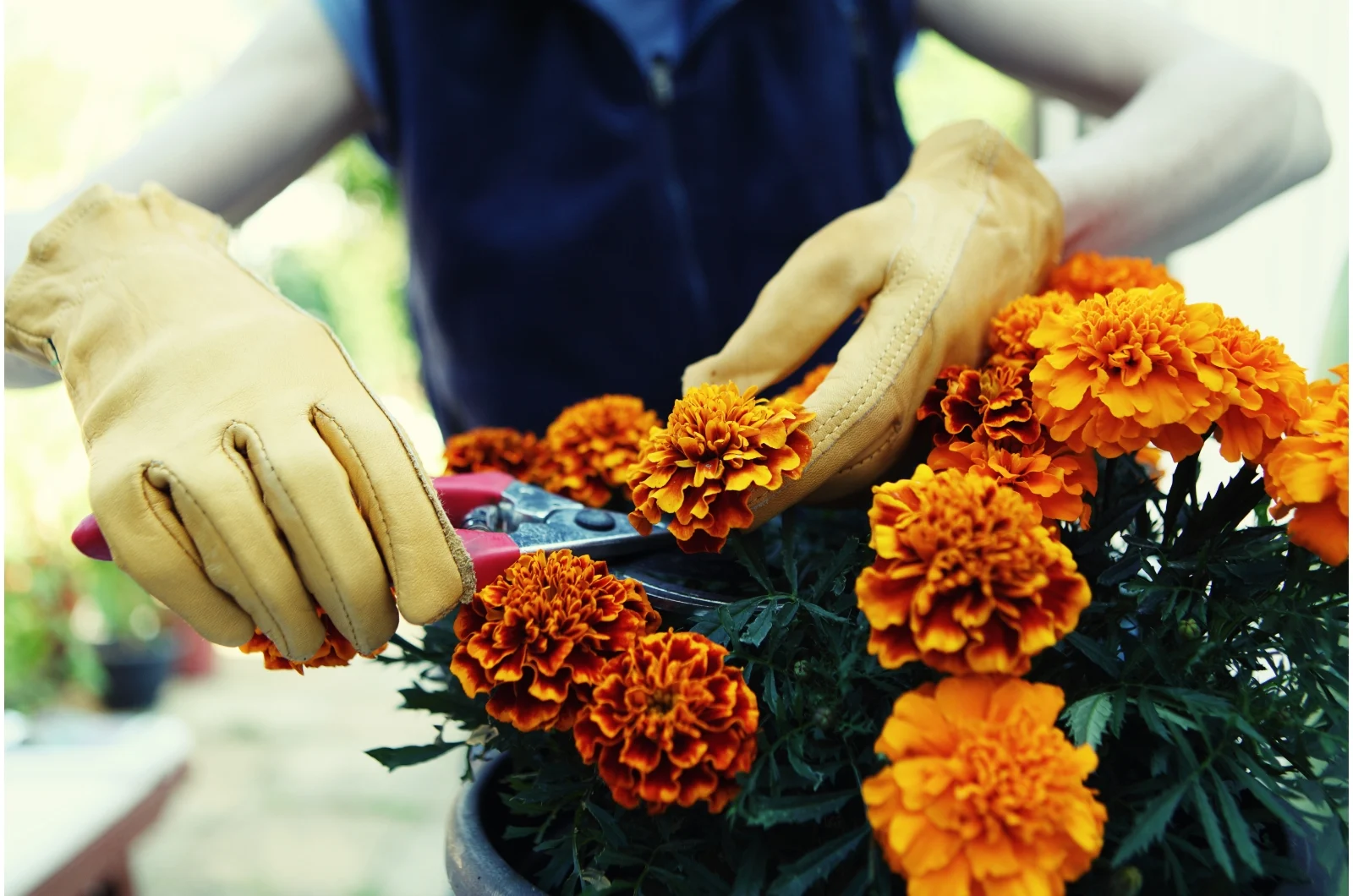That splash of color marigolds add to landscapes is absolutely incomparable. Growers adore these flowering plants and there are actually a few reasons for this.
Apart from their beauty, marigolds are hardy plants and can survive in various conditions. Additionally, they act as natural pest repellents that will make your outdoor space free of mosquitoes and nematodes.
Ladybugs, hoverflies, and parasitic wasps love marigold blooms, so your garden will be filled with beneficial insects.
Gardeners pay a lot of attention to providing their marigolds with ideal soil and enough sun and water.
However, many forget a very important chore when it comes to these plants. Let’s see a common mistake in marigold care!
Are You Making This Common Mistake?
One of the things you shouldn’t do with your marigolds is skip deadheading. This old but gold gardening technique has many benefits and it’s crucial for maintaining a plant’s vigor.
Even if you ensure all the ideal conditions for your marigolds, they won’t thrive as they would if deadheaded.
So the question arises, what are the benefits of deadheading marigold plants? The reason is actually pretty simple to understand.
Once the blossoms of your marigolds start to fade, the plant focuses its energy on seed production. After you remove spent marigold blossoms, you’ll interrupt the plant’s natural cycle.
Instead of going to seeds, your marigolds will shift their energy to generating new buds, which will result in more blossoms.
Another reason why deadheading is so important for these plants is auxin regulation. (1) The word auxin actually stands for plant hormones that are essential for growth.
When you deadhead a marigold flower, you modify the balance of auxin. This adjustment disrupts the inhibitory effect on lateral buds, leading to the stimulation of side shoots and the development of additional flower buds.
The last benefit of deadheading for marigolds is keeping your garden tidy. I’m aware that appearance is one of the main reasons why we grow marigolds.
Once they go to seeds, it may affect the display of your outdoor space. So, by removing spent marigold blooms, you’ll get a clean and polished appearance for your landscape.
Additionally, this technique decreases the possibility of diseases in your garden. Keep in mind that the dead plant material can provide a favorable environment for the development of pathogens.
How To Deadhead And Care For Marigolds
Luckily, you don’t have to be a master gardener to deadhead your marigolds. Wait until the blooms start to fade and then pinch them just above the first set of leaves.
For larger marigold varieties, opt for a clean and sharp pair of scissors for effective deadheading.
Regular deadheading throughout the growing season encourages a sustained flowering cycle, providing an extended period of delight with marigold blooms. Remember to discard the removed blossoms to prevent the potential spread of diseases.
If you have any issues with marigolds, let’s revise their basic requirements. Make sure to plant your marigolds in a quick-draining growing substrate that retains moisture well.
Additionally, ensure a lot of bright light for your marigolds to thrive. Remember that even though these plants can repel some pests, they are susceptible to slugs, snails, and caterpillars.
Inspect your marigolds regularly and include deadheading in the care regime for the happiest and healthiest plants ever!
References
1. WOODWARD, A. W., & BARTEL, B. (2005). Auxin: Regulation, Action, and Interaction. Annals of Botany




